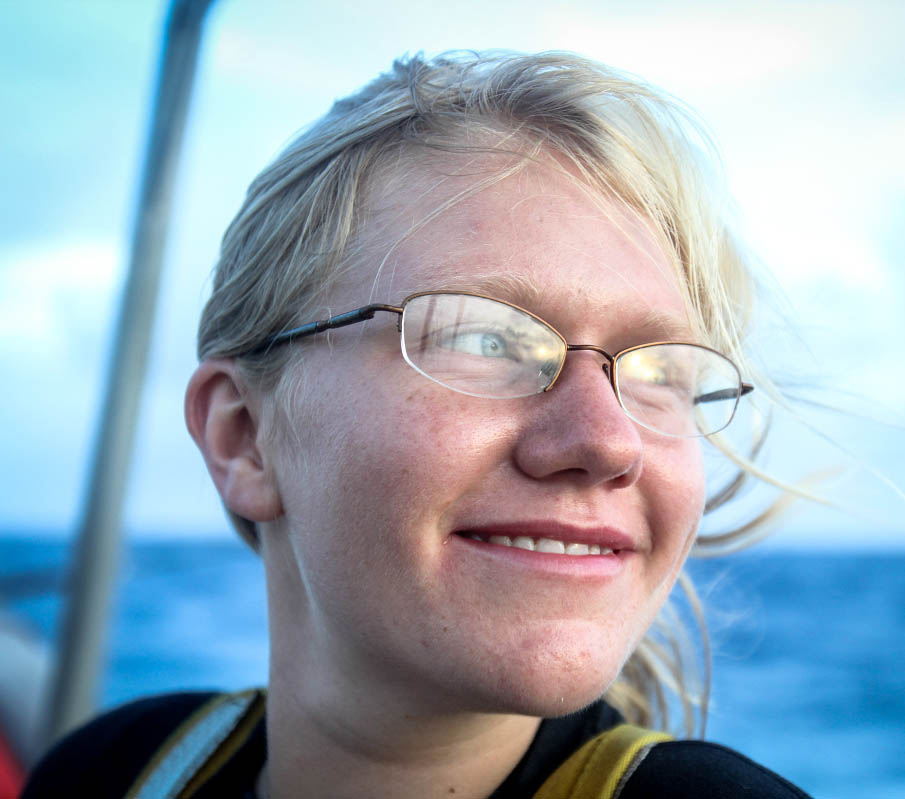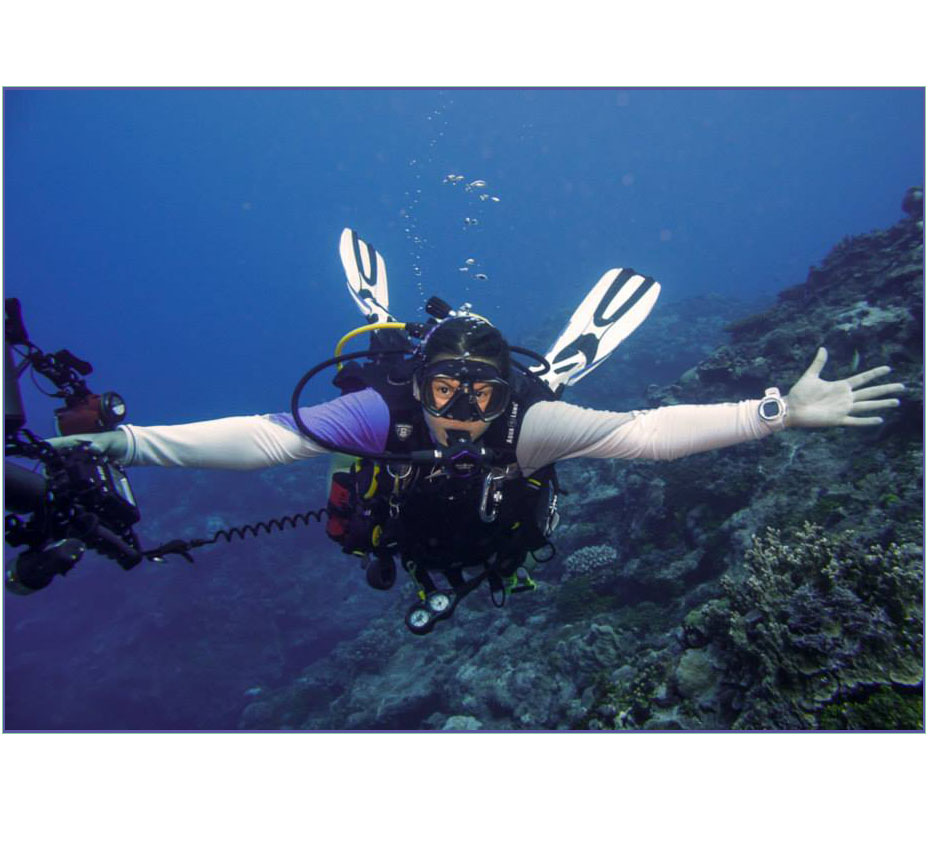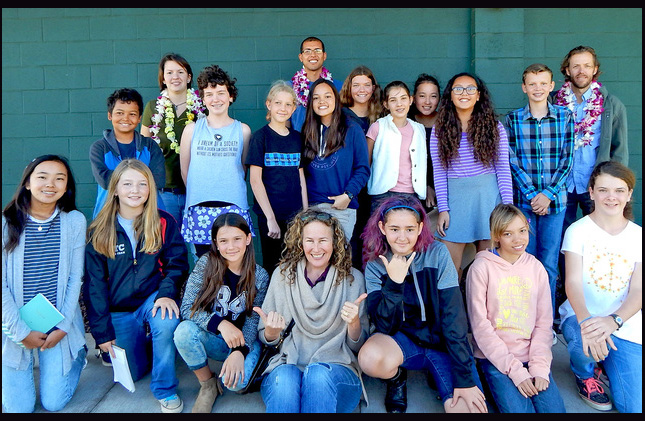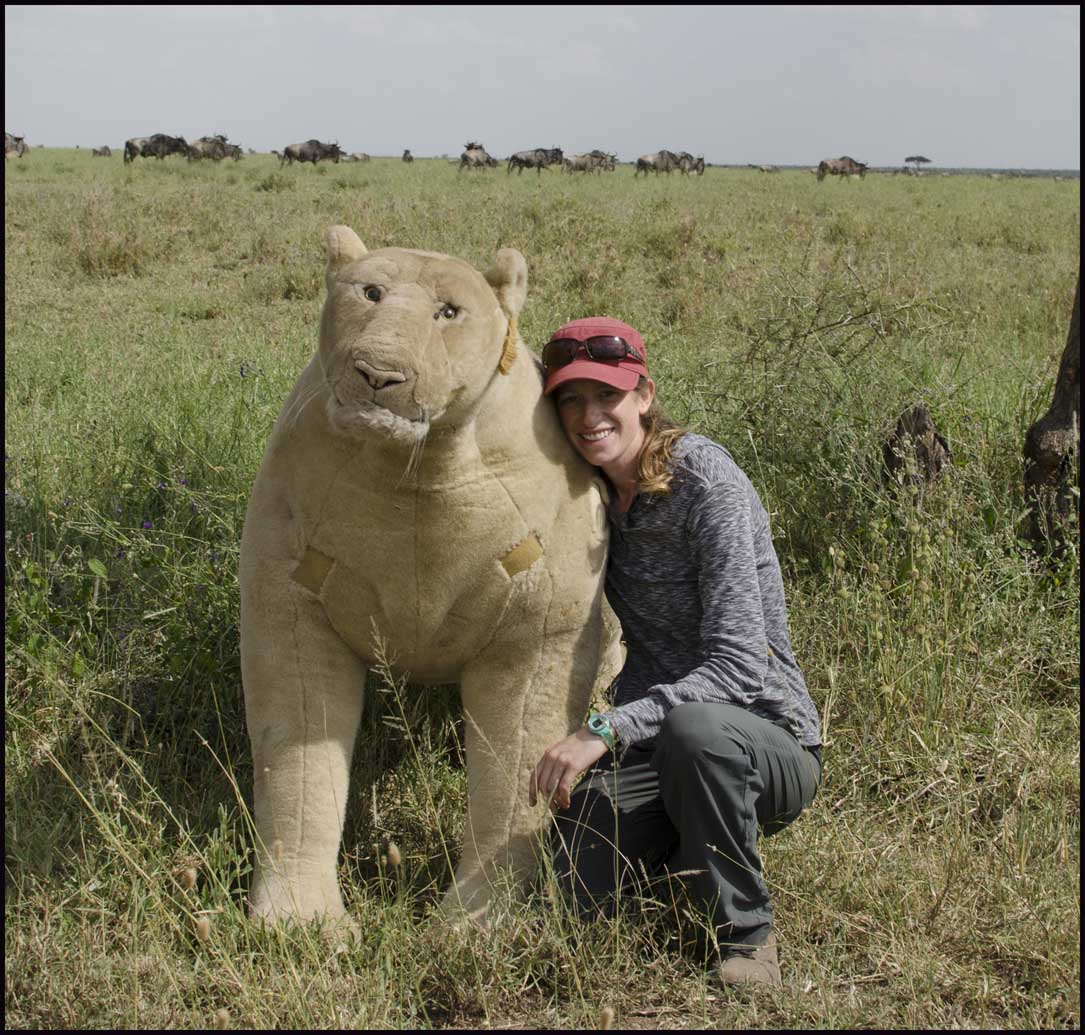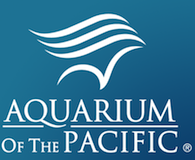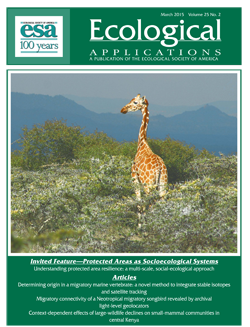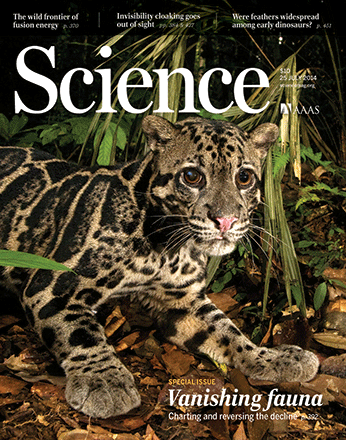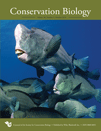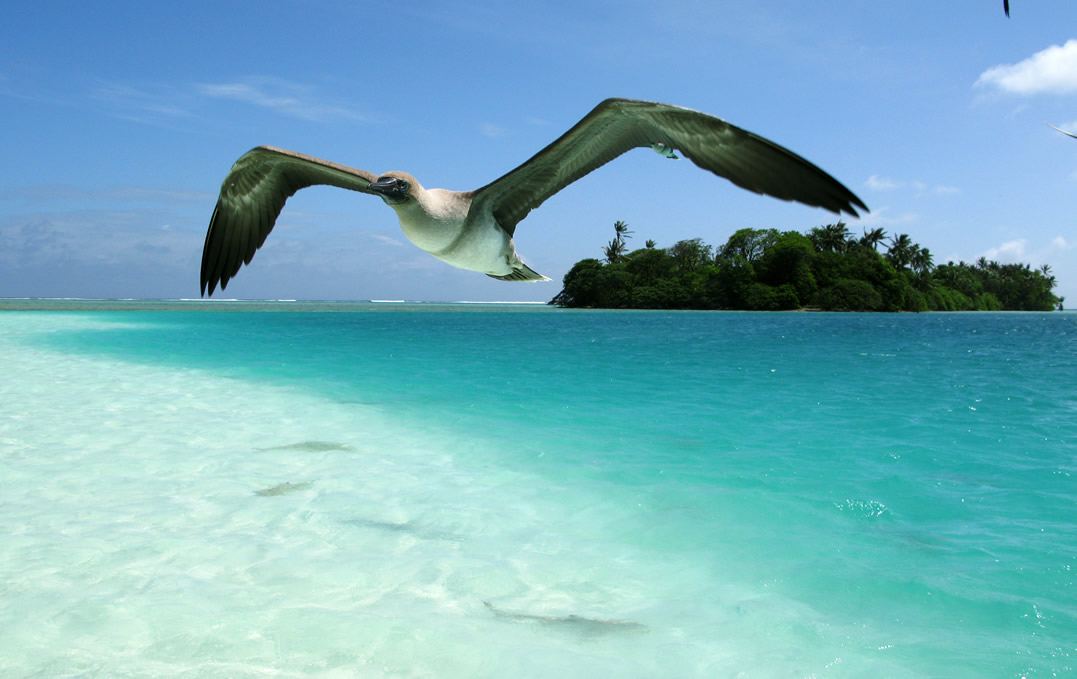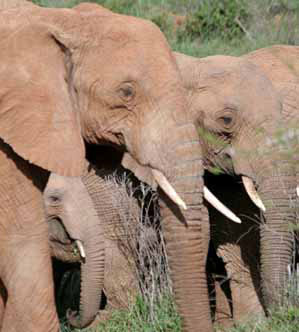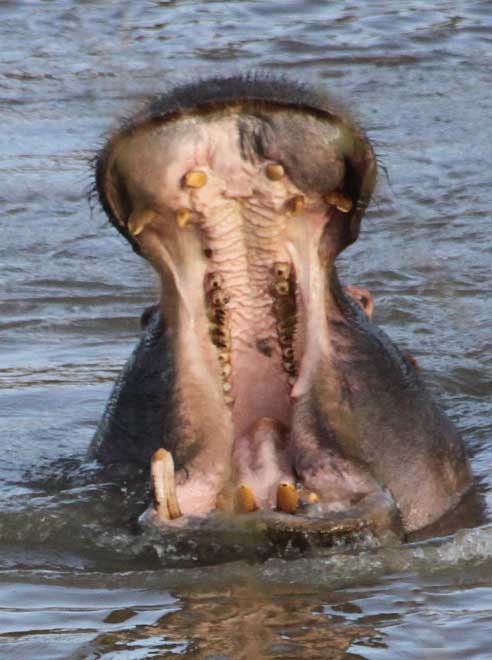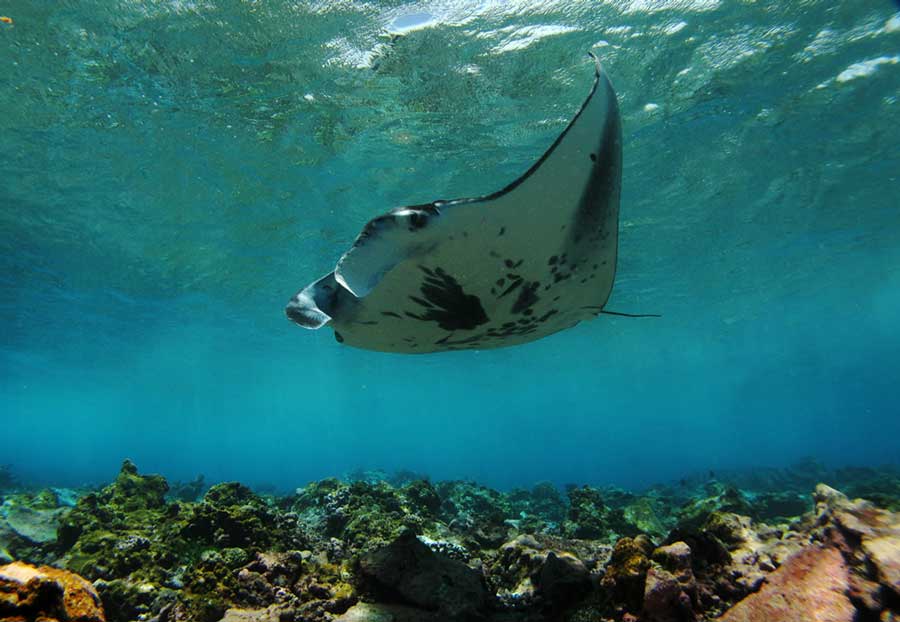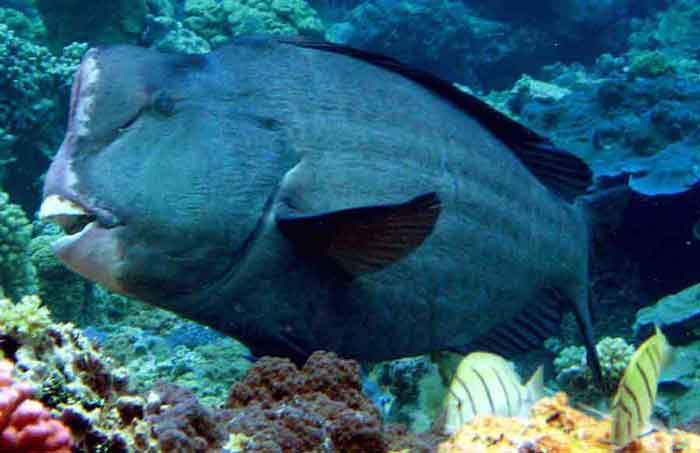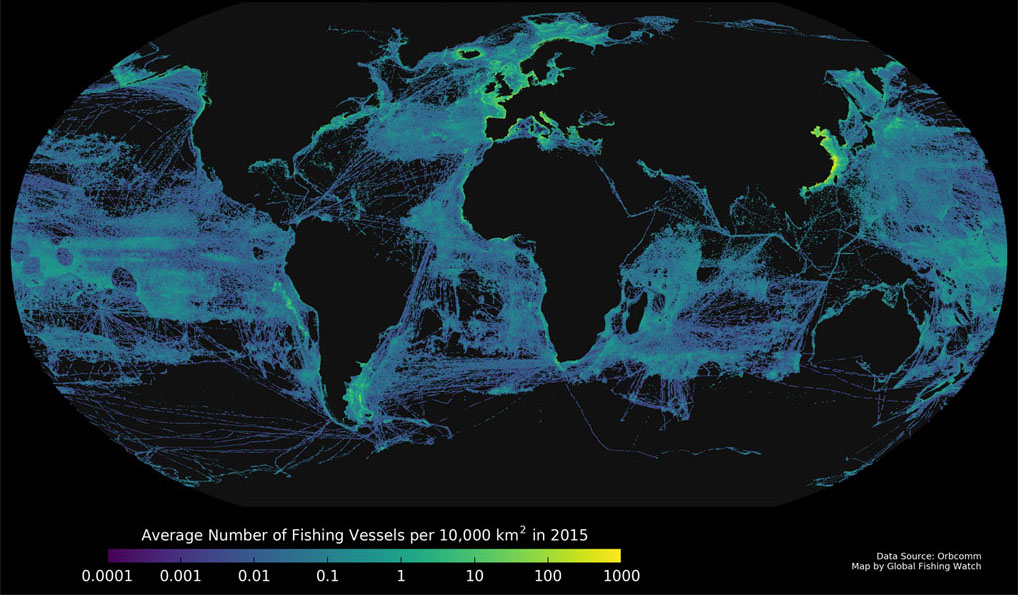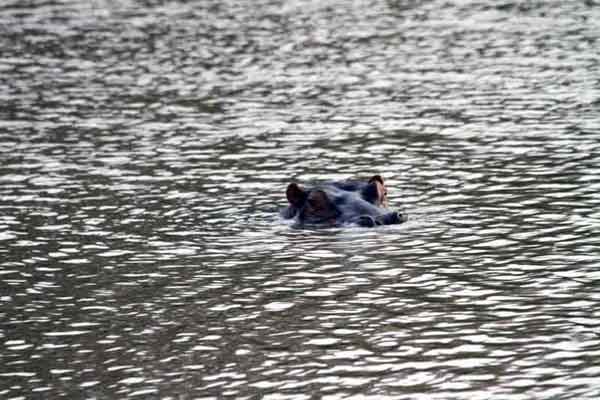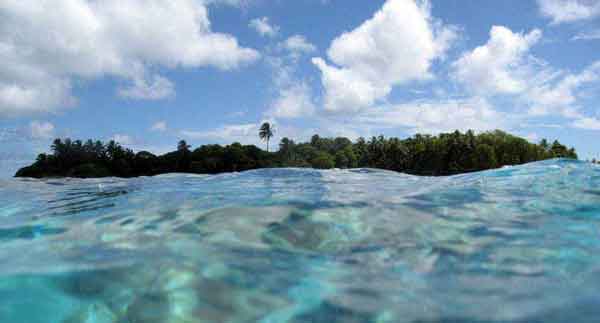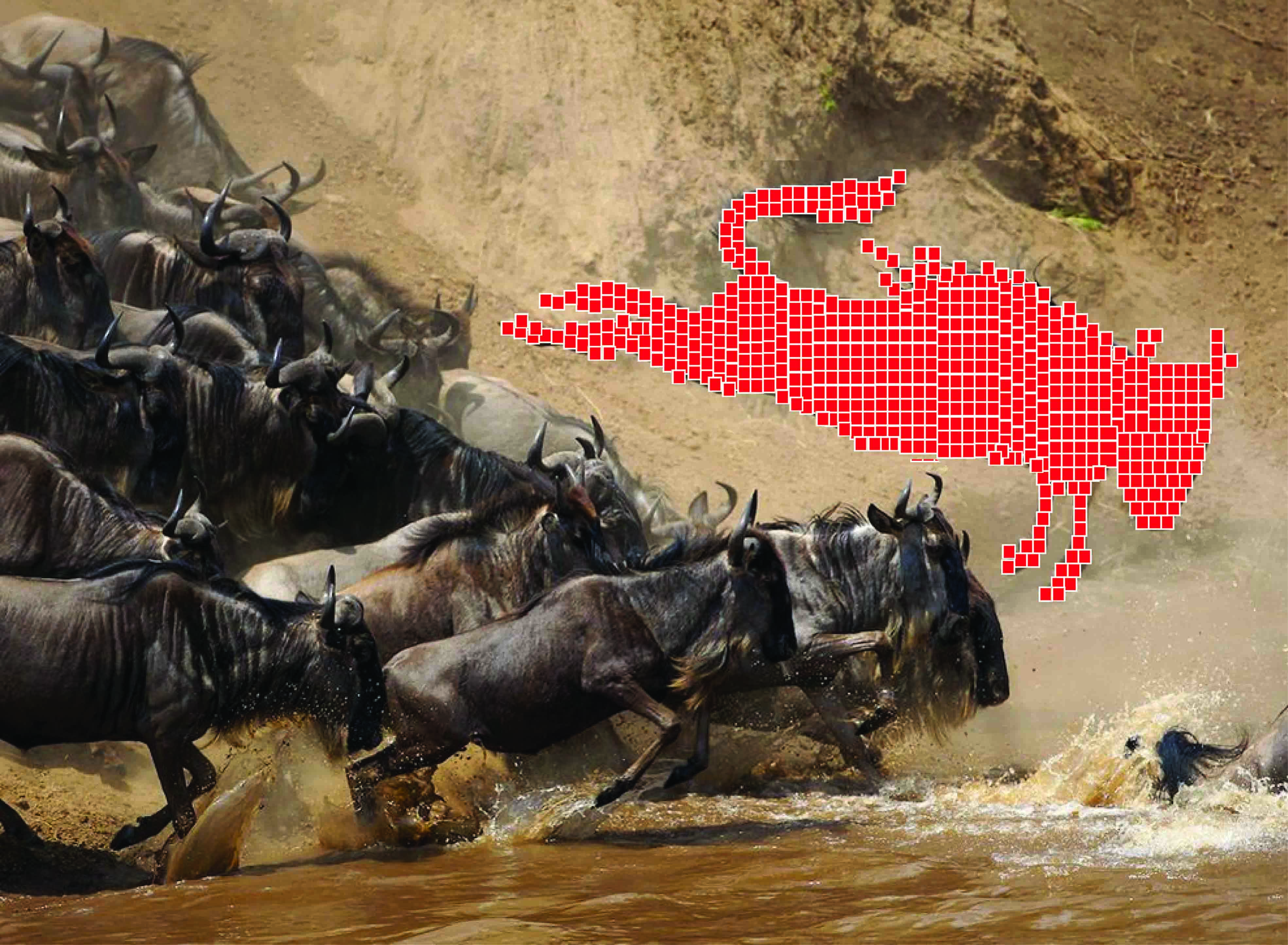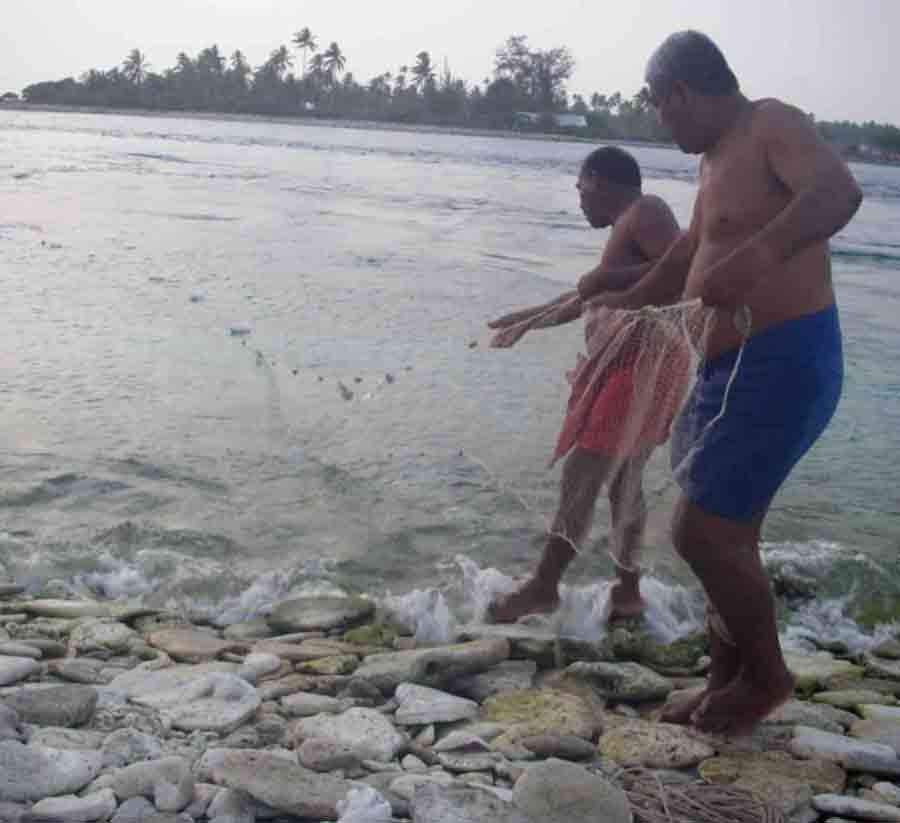©
Douglas J. McCauley |

New research published by Erin, Doug and collegues in Proceedings of the National Academy of Sciences using fossil shark scales to reconstruct how shark communitites have changed in Caribbean Panama over the last several thousand years. UC Santa Barbara press release here.
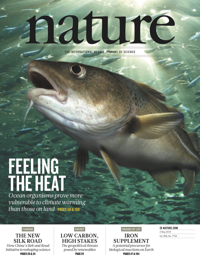
New report with Malin Pinsky and colleagues on elevated threat of ocean species to climate change makes the cover of Nature.

McCauley Lab curates the updated Oceans Briefing for the World Economic Forum.

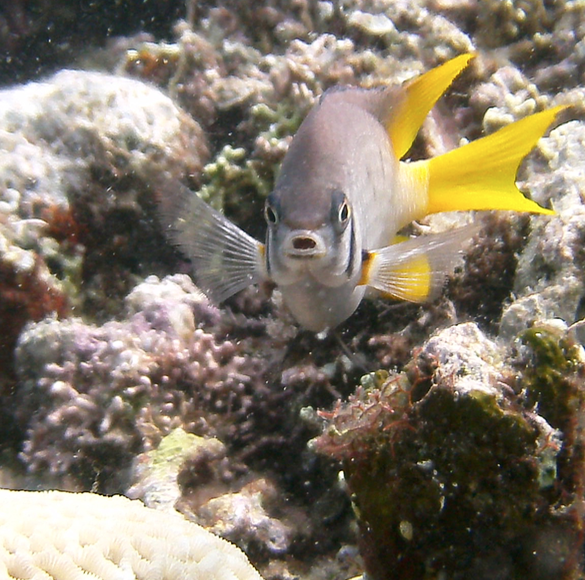
New research out in Marine Biology by Jacob on the specific feeding habits of territorial damselfish and coexistence. UC Santa Barbara press release here.
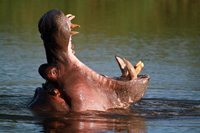
Stuart and Doug publish a new paper in Oecologia highlighting the diverse effects that hippos have on ecosystems.
Excited to see our new project featured on the front page of the LA Times. Learn more about how our project, Spotting Giant Sea Bass, uses image recognition techniques to study this endangered species.

Video profile by The Economist on efforts in the McCauley Lab to use new technology to help advance the study and management of endangered marine species.

New research out in Proceedings of the National Academy of Sciences by Keenan, Doug, and colleagues on how global change can dramatically redefine how hippopotamus shape watersheds. UC Santa Barbara press release here.
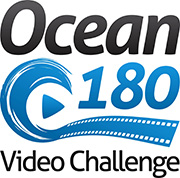
Short film on McCauley Lab reef shark research at Palmyra Atoll wins 3rd place in NSF-funded Ocean 180 Video Challenge.
![]()
New research by Caroline, Doug and colleagues showcasing how technology can strengthen a new United Nations treaty being planned to protect biodiversity on the high seas.
Molly publishes a new paper in Phil Trans B describing how migrations may be threatened in the Anthropocene. UC Santa Barbara press release here.
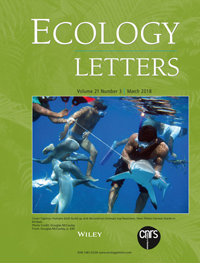
Doug and colleagues' new research on the dynamics of ecological energy flow and food web structure makes the cover of Ecology Letters.

Doug honored as an Early Career Fellow by the Ecological Society of America.

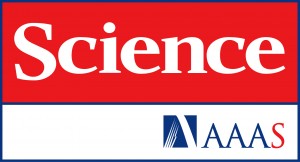

New study from our lab finds that giant sea bass are worth more alive as an underwater attraction than dead on a fishing boat as a one-time meal.

New letter in Conservation Biology coauthored by graduate student Erin Dillon encourages greater integration between paleontology and conservation to inspire forward-looking management guided by bright spots in the fossil record.

New report out in Proceedings of the National Academy of Sciences on the elevated extinction risk for the world's largest and smallest vertebrates.
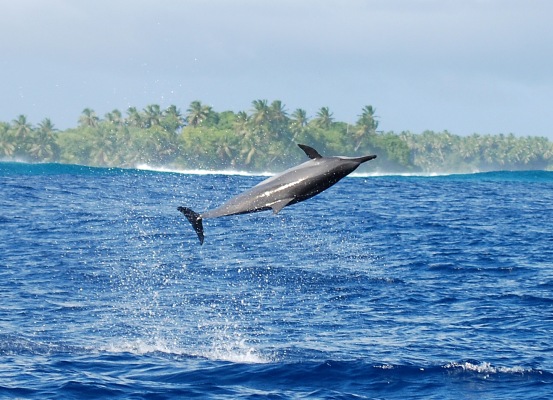
New research out in PLOS ONE on how multiple dolphin species share resources around a tropical oceanic island.

New report out in Proceedings of the National Academy of Sciences on how marine protected areas may help ocean life stand a better chance against climate change.
Molly Hardesty-Moore was awarded a National Geographic Young Explorers Grant for her research examining the movements and behaviors of raccoons in an urban setting, the UCSB campus and surrounding areas, and the ways by which raccoon spatial ecology can inform management policies to reduce risk of disease transmission to humans.
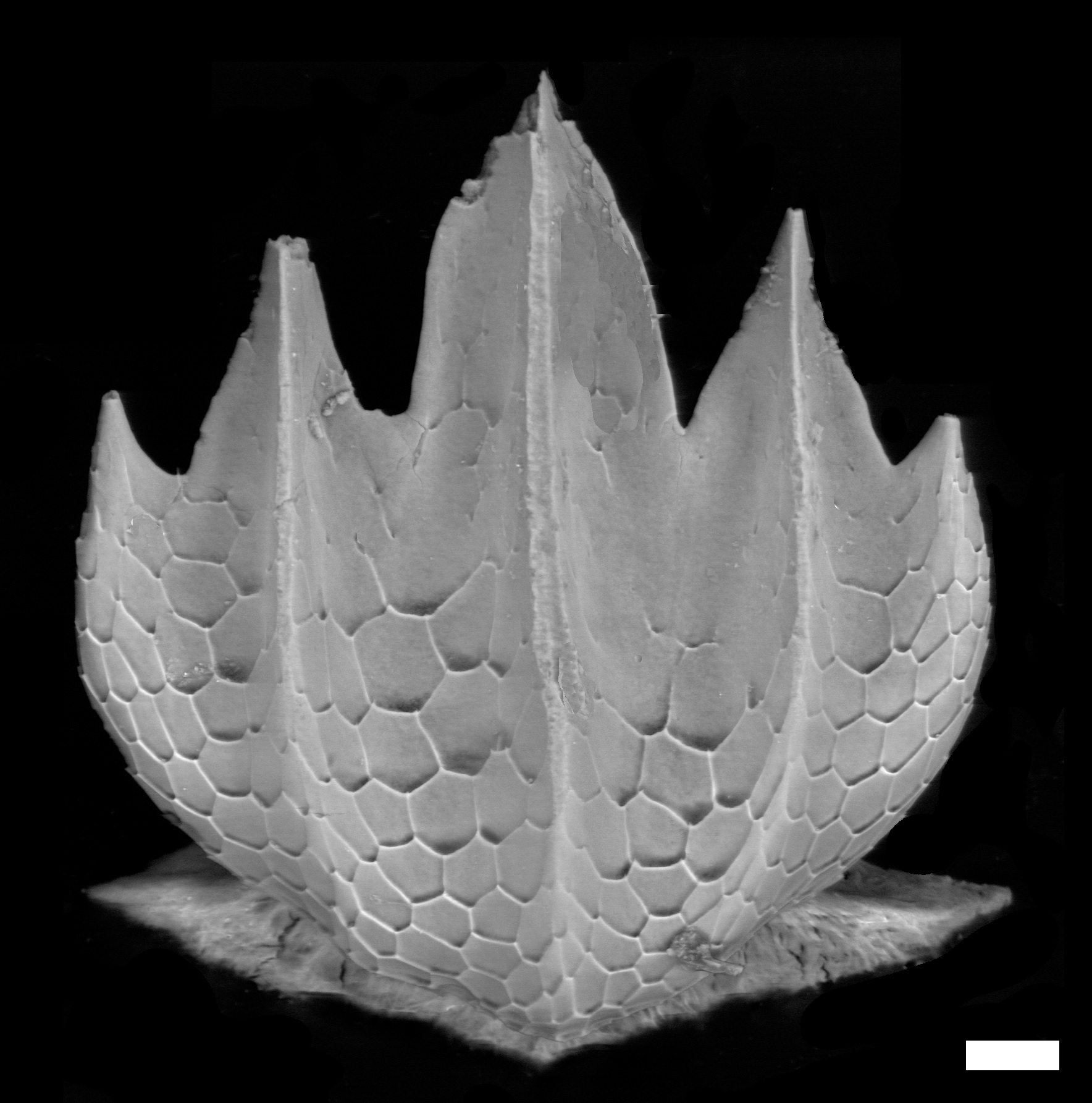
New paper by Erin Dillon and collaborators at the Smithsonian Tropical Research Institute and Scripps Institution of Oceanography introduces a technique to extract shark dermal denticles preserved in coral reef sediments for use in reconstructing sub-recent and historical shark communities.

Doug discussed the grand challenges facing ocean ecosystems and how science can help us stand up to those challenges at Davos during the World Economic Forum's annual meeting. UC Santa Barbara's work with WEF to protect the world's oceans and marine resources was listed as one of the 10 achievements from Davos. Watch the presentation here.


A round up of the year's essays from the McCauley Lab on: good and evil ocean robots, Japanese whaling, how big data may save our oceans, the future of wild fish, saving cities from drowning, why data matter to conservation, a new hospital for the oceans, and a 2016 top ten list for the oceans.

McCauley Lab and colleagues help shape the Oceans Briefing for the World Economic Forum. Here we lay out the issues that we believe will have the greatest influence on the future of our oceans

Francis and Doug, with Jane Lubchenco, weigh in on a discussion concerning the value of data in the practice of biodiversity conservation.
McCauley Lab joins the Emmy Award winning series Years of Living Dangerously to discuss how wildlife loss affects affects nature and society.

Doug discusses the fascinating natural history of hippos with the BBC.

McCauley Lab joins a conversation in Science News on bringing extinct species back from the dead. The article reviews findings that Molly, Doug, and colleagues from UCSB published in Functional Ecology.







